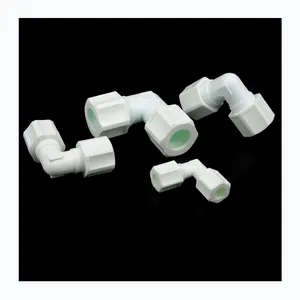
Customized PP 90 Degree Male Deg Elbow Plastic Joint PP Male Elbows Compression Fittings Pipe Joint Elbow





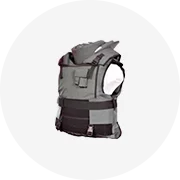
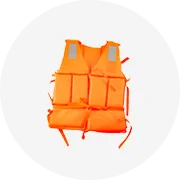
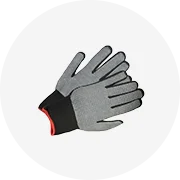
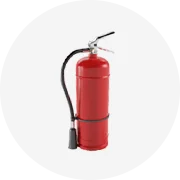
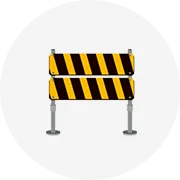
Fire fighting pipe fittings are crucial components in the construction of effective and reliable fire suppression systems. These fittings serve as the connective tissue linking pipes in a network designed to transport water and other extinguishing agents swiftly and efficiently to areas engulfed by fire.
The variety of fire fighting pipes and fittings is extensive, each serving a specific function within the system. Grooved fittings, for instance, are widely used for their ease of installation and robustness in the fire fighting grooved fittings category. These components are essential in both commercial and residential settings, ensuring that fire suppression systems remain operational under critical conditions.
The fire fighting fittings material selection is pivotal, as it must align with the system's requirements and the type of fluid it will convey. PVC is a popular choice due to its smooth inner walls that reduce flow resistance, while copper is favored for its corrosion resistance, making it ideal for underground applications. Each material brings distinct advantages to the table, from durability to cost-effectiveness.
Choosing the right fire fighting pipe fittings can significantly impact the efficiency and reliability of a fire suppression system. For example, the use of fire fighting pipe joints that are designed to withstand high pressure can prevent leaks and failures during emergencies. The integration of components like P-traps and pipe caps also plays a vital role in maintaining the system's integrity and functionality.
In summary, the selection of appropriate fire fighting pipe fittings is a nuanced process that requires understanding the system's needs, the environment it operates in, and the materials best suited for longevity and performance. With a comprehensive range of fittings available, it is possible to tailor fire suppression systems to meet the specific demands of any setting.